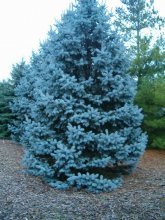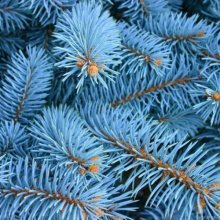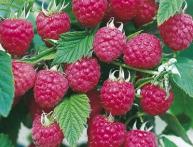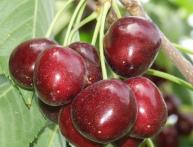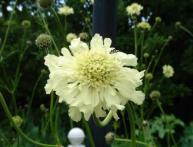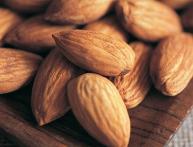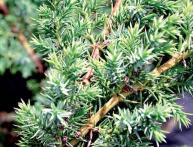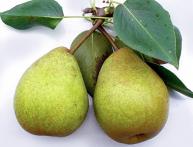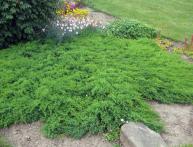How to plant a blue spruce on a plot, three main methods
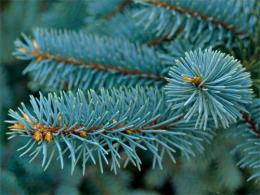
Coniferous plants are that part of garden plantings that remains green almost all year round. But among the ordinary green conifers there are representatives that delight the eye with the bluish, golden or blue color of the needles.
A classic of the genre is its use in landscaping blue spruce trees. They give a solemn appearance not only to personal areas, but also to squares, gardens, and memorial alleys in both big cities and small towns. It remains to take a closer look at the characteristics of the plant and figure out how to plant blue spruce yourself.
Content:
Blue spruce
Blue spruce or prickly spruce is a representative of the genus Spruce from the Pine family. Among all the plants of this genus, prickly spruce is distinguished not only by its slenderness, but by its undemanding nature in terms of living conditions. It feels great at high altitudes and can withstand fairly strong winds and frosts. In the wild, this spruce species is found in western North America.
The trees are quite large. The height easily exceeds the 40 m mark. The trunks are thick, can be 1.0 m - 1.2 m thick. The crown is cone-shaped, the branches are strong. The needles are up to 30 mm long, tetrahedral and very spiny. Stay on branches for up to 4 - 6 years. Coloring pine needles from green to light silver. The older the needles, the duller they are in color.
Blue spruce cones are cylindrical. Their length is from 5 to 10 cm, thickness up to 3 cm. At the beginning of ripening, the cones are light green or light yellow. As they ripen, they become brown in color. The cones hold tightly to the branches and can remain on them until next autumn. Prickly spruce is a real long-liver. In nature, there are specimens over 300 years old.
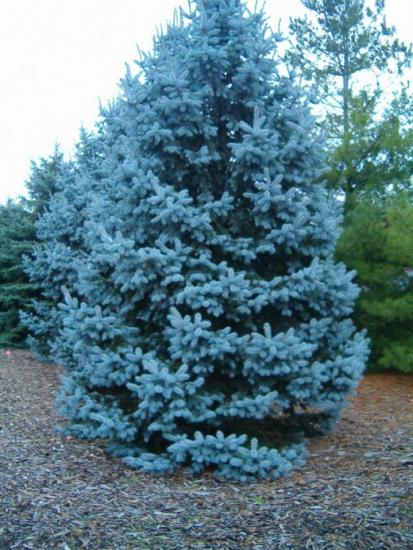
The high tolerance of dusty and polluted air makes it popular in landscaping not only adjacent areas near private houses, but also in urban areas. To grow blue spruce yourself, it is important to know that it reproduces both by cuttings and seeds.
How to plant blue spruce with seeds and cuttings
To plant prickly spruce seeds, you need to collect them. It is optimal to find representatives of this species in the city and collect fallen cones in the month of February. After this, you need to put the cones in a dry and warm enough place to achieve their opening. The best place is near heating devices. When the cones open, remove the seeds and rinse them in water. Dry.
After this, put the seeds in a bag and bury them in the snow or place them in the refrigerator for 8 weeks. A day or two before sowing, remove the seeds and soak them in a solution of any fungicide. After 12 hours, dry the seeds and start sowing. First apply to the soil per square meter. meter 30 g of limestone and 25 g of ammophosphate. Lightly compact the soil with your hands or a special roller.
Spread the seeds over the surface and cover with a layer of peat mixed with pine sawdust. Layer thickness is about 1 cm.
If you sow seeds in pots, then they should be embedded in the soil mixture to a depth of 15 mm. Then cover everything with film.After about ten days, blue spruce seeds begin to germinate. Further care consists of maintaining humidity, this can be done by spraying twice a day in the first weeks after germination. Important! Blue spruces that are grown from seeds do not always inherit blue needle color. It may be worth considering planting Christmas trees from cuttings.
Planting blue spruce with cuttings
When planted by cuttings, all the decorative qualities of the mother plants are also manifested in the seedlings. For taking cuttings, a tree that is no younger than 5 years old and no older than 10 years old is suitable. Cuttings taken from older trees take root much worse. In order to get a cutting, you need to separate the side shoot along with the “heel” - a piece of wood - from the main branch. The best time for cuttings is early April - mid-May.
The prepared cuttings are planted in a pre-filled greenhouse. After about two months, root formation begins. 4 months after planting spring cuttings in the ground, their root length is already more than 10 cm. In the first year, care comes down to:
- watering
- weeding
- ventilation
- hardening
- insulation for the winter
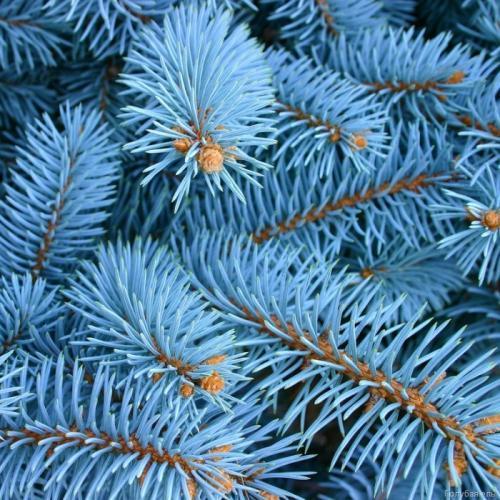
In the second year, weeding is enough, glaze and hardening. In the third year, seedlings obtained from cuttings can be transplanted to a permanent place. It is important to consider that the rooting rate of even cuttings prepared on time is no more than 50%. Perhaps the most convenient way is to purchase a ready-made blue spruce seedling from a special nursery.
How to plant a blue spruce seedling
In order for a blue spruce seedling to take root, it is better to choose a plant at least 0.5 - 0.7 m in height with a closed root system.Plant in a hole the size of which is at least twice the size of the earthen clod. Fill the bottom of the hole with drainage to a height of approximately 10 cm. The most common crushed stone or crushed brick will do. After this, add fertilized soil. It must be remembered that for dwarf and low-growing varieties of blue spruce, moderately fertilized soil is needed, and for large varieties, more fertilized soil is suitable.
Place the seedling in the prepared hole and continue filling it with soil. It is necessary to ensure that the soil also fills the gaps between the roots. After this, the soil is compacted, well watered and mulched. In order to reduce windage and to avoid tilting the plant during watering, it can be attached to the supports with twine. In the future, blue spruce is watered regularly, but very moderately, in order to prevent moisture stagnation.
If before landing If the pit was filled with fertilizers, then the young seedling does not need feeding in the first year of life. Thus, in order to plant and grow a blue spruce, a lover of coniferous plants has at least three main ways to grow this tree on his site.
Video about planting blue spruce:

